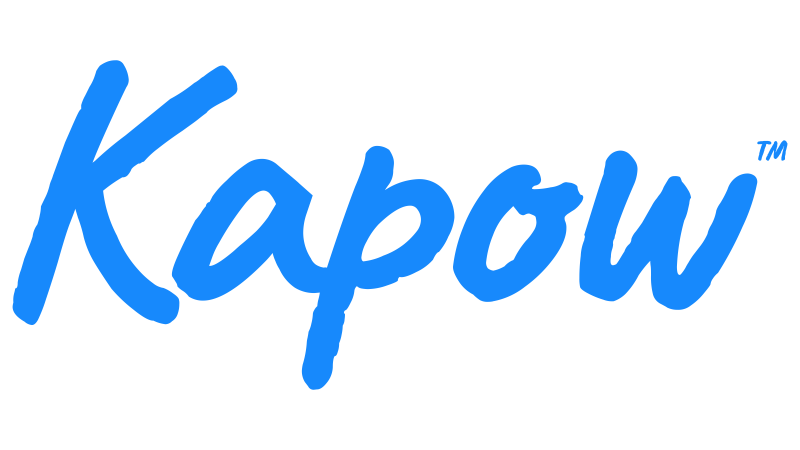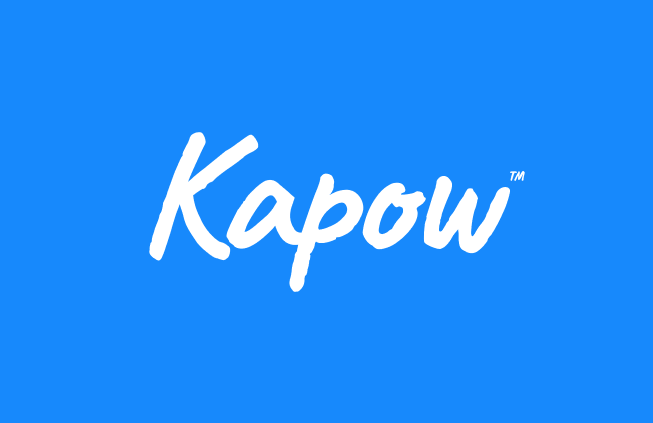Learning intention
- To develop knowledge of colour mixing.
Success criteria
- I can name
This content is for subscribers only. Join for access today.
Cambridge Primary Art & Design (0067) Learning objectives
Experiencing
E.02 Explore media, materials, tools,
This content is for subscribers only. Join for access today.
Before the lesson
This content is for subscribers only. Join for access today.
Lesson plan
Recap and recall
Check learners can recall: Three primary colours (red, yellow and blue). Three secondary colours (green, orange and purple). How to mix primary colours to make secondary colours. How to make different shades of one secondary colour.
This content is for subscribers only. Join for access today.
Extended-mode explainer videos
How to extend your display to view the lesson page and preseantion mode simultaneously. Choose your operating system below to watch the video
If you need further support with extending your display,
please contact [email protected].
Differentiation
Learners needing support:
- Could receive support in making secondary colours lighter and darker. Ask, ‘How can you make a lighter orange? What will happen if you add more blue paint to that purple?’
Learners working at a stretch:
- Should explain the changes they see when the colours mix, using precise language. Challenge learners to compare two similar colours and talk about the differences.
This content is for subscribers only. Join for access today.
Assessing progress and understanding
Learners with secure understanding can:
- Name the primary and secondary colours,
This content is for subscribers only. Join for access today.
Vocabulary definitions
-
mix
Combine paint colours.
-
primary colour
Red, yellow and blue; the colours that all other colours are mixed from.
This content is for subscribers only. Join for access today.

